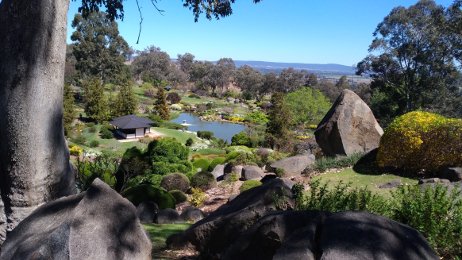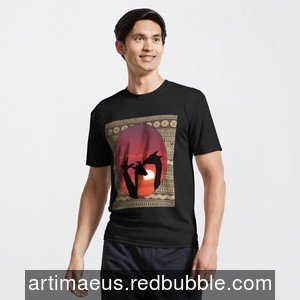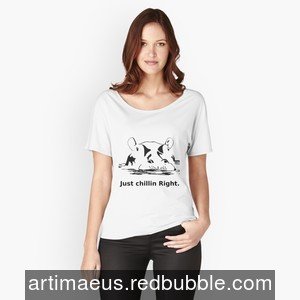- Category: Travel
- Written by Paul Chubb
- Hits: 580
Cowra - a town of peace

Cowra is a typical NSW country town until you begin to dig a little deeper. The idyllic community hides the darker past of hosting a World War II prisoner of war camp, and the infamous Cowra breakout. Arising from the ashes of that event are the hope and possibilities of peace.
During the second World War, Australia, like most nations at war, needed to securely house enemy non-combatants and also prisoners of war. Cowra was chosen to host one of these camps due to its remote location. During the camp's life, it hosted a range of internees including Italian soldiers, Japanese and for some reason some Indonesian political prisoners.
The Italian soldiers and the Indonesian internees caused very little trouble and soon settled down to make the most of their time, gardening and working on nearby farms. The Japanese prisoners had a very different view of capture. Any Japanese soldier who was captured, rather than killed in battle, was shamed to the point that many gave false names so that their shame would not be communicated to their families.

The Japanese also refused to work or do anything constructive. The endless hours, shame and the challenges of prison life, caused continuing conflict between the guards and the Japanese inmates. Interventions failed to resolve the issues. The officers were segregated. Then the final straw, the officers were to be moved to another camp.
The prisoners planned a breakout, and soon after, in the early morning hours of the 5th of August, 1944, the plan was put into action. The prisoners were armed with kitchen and dining cutlery and baseball bats. The Australians with rifles and machine guns. At the end of a few days, the cost was 231 Japanese dead (many from suicide), 108 Japanese wounded and 4 Australians dead. No prisoners remained at large.
Today the site is marked by a replica guard tower, information signs and the foundations of buildings. There is a great deal of information - both written and also recorded, available and you can wander along a path inspecting the remains of the buildings. A presentation can be seen in the tourist information centre in the town that gives a description from a different point of view of the period of the camp and afterwards.

Due to the impact of the Cowra breakout on both Cowra and also Japanese internees, there are two strong themes of peace and Japanese culture in the town. There is a strong and enduring relationship between Cowra and the Japanese.
Cowra is the home of the Australian Peace Bell. More than 20 peace bells have been erected in different countries of the world as a symbol of peace. This movement was started in Japan in the 1950s. Each bell is a Japanese temple bell cast from coins donated by the countries of the United Nations. Normally these bells are erected in capital or other significant cities. After the breakout at Cowra there was a strong movement for world peace in Cowra itself, and for this reason Cowra was chosen to host the Australian bell.
After a developing relationship between Cowra and Japan, including the reinterment of all Japanese war dead in Australia at Cowra by the Japanese Government, work began in the 1970s on a Japanese Garden. Today the gardens are well established and a centre for Japanese culture. When we visited, the gardens were beautiful and a highlight of the trip.
Apart from war, peace and a Japanese influence, Cowra is a typical NSW country town whose wide streets are over shadowed by the traditional shop awnings and the city blocks anchored by pubs on the corners.

Each country town has a showground and these are one source of cheap camping - in most towns anyway. We stayed in the Showground campsite for $25 per night giving us a grassed camp spot with water and power. Across the way were toilets and showers. Even a laundry and clothes lines were provided.
The campground itself was in a paddock next to the show ground proper. I visited the show ground, passing through a gate and across a drive way, to inspect and see various buildings and a few animals. When we stayed, there was a muster happening in the show ground. The place was alive with people in big hats and a multitude of horses.
The showground is within a longish but easy walk of the town. Narelle and Abi visited McDonalds on foot several times for coffee and soft drinks.
Overall, we really enjoyed our trip to Cowra. There is much more to do than we managed in one lazy weekend. The camping is cheap and pleasant at the showground, and the town itself is welcoming.

























